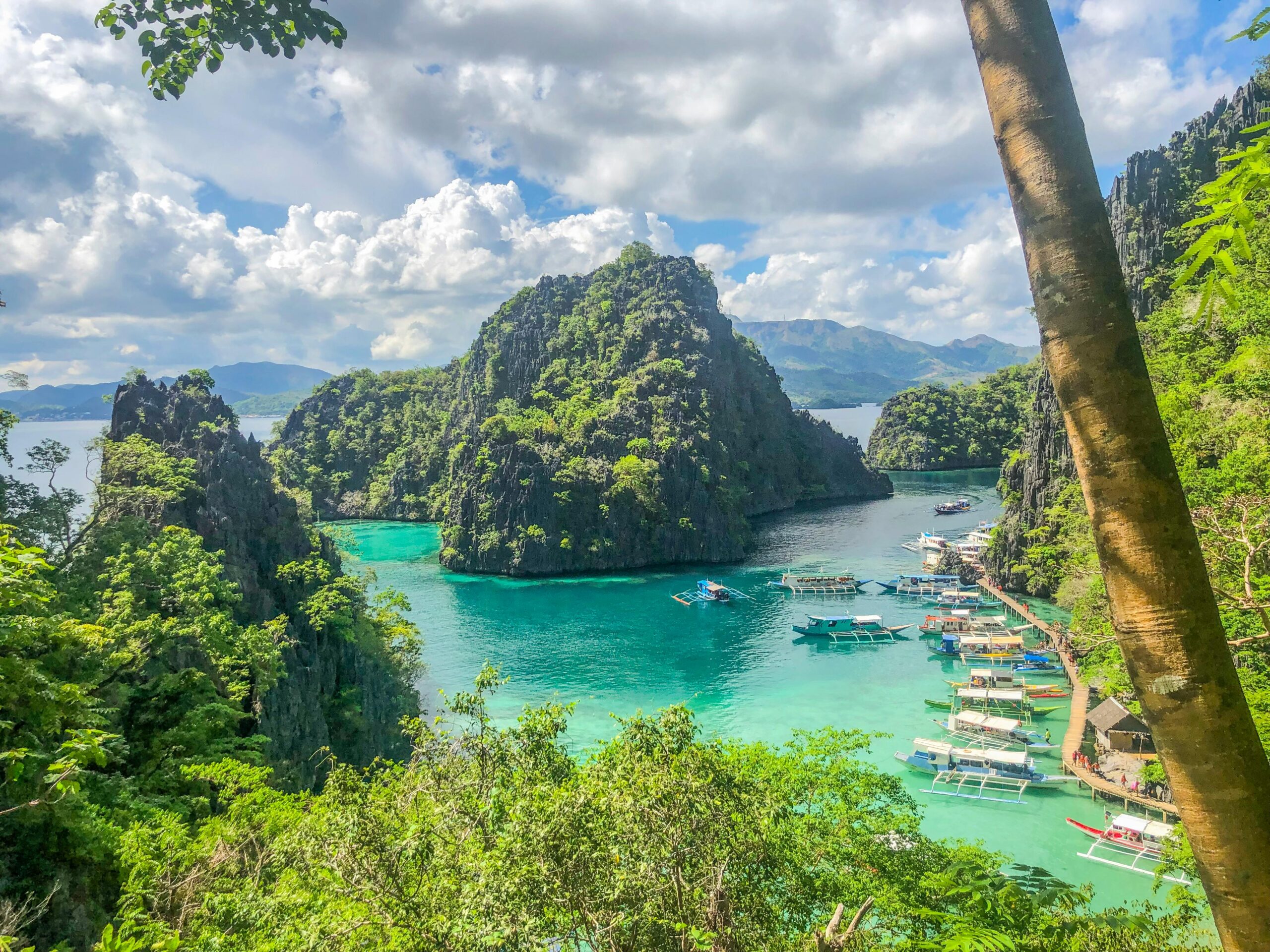Discovering Palawan: The Last Frontier of the Philippines
Palawan Island, often hailed as the “last frontier” of the Philippines, astonishes travelers with its unspoiled beauty and vibrant cultural heritage. Stretching across the western part of the archipelago, it is a paradise that blends crystal-clear waters, lush jungles, and an incredible diversity of wildlife. Beyond its breathtaking scenery, Palawan offers a unique window into the harmonious interplay between nature and local communities. In this article, we’ll journey through the island’s natural wonders, the richness of its biodiversity, the rhythms of local life, and the rising challenges of sustainable tourism. Join us as we unravel the layers of what makes Palawan a shining jewel in Southeast Asia’s crown.
Natural Wonders and Landscapes
Palawan’s natural scenery is nothing short of spectacular. El Nido and Coron are famous for their dramatic limestone cliffs rising over emerald lagoons, while Puerto Princesa Subterranean River, a UNESCO World Heritage Site, captivates visitors with its winding navigable river hidden beneath limestone caves. The beaches—ranging from the powdery white sands of Nacpan to the secluded coves of Balabac—are among the best in the world. The island’s interior is equally stunning, with dense rainforests and mangroves sheltering a web of rivers, waterfalls, and mysterious caves. This raw beauty not only attracts adventure seekers but also those seeking tranquility in nature.
Biodiversity: A Wildlife Sanctuary
More than just scenic, Palawan is a living laboratory of biodiversity. Its terrestrial and marine ecosystems host rare and endemic species, including the Palawan peacock-pheasant and the iconic dugong. Coral reefs surrounding the islands are bursting with color, supporting hundreds of fish and invertebrate species. Strict environmental regulations and the establishment of protected areas like the Tubbataha Reefs Natural Park have been crucial in preserving this biodiversity. However, the region still faces threats from poaching and illegal fishing. Conservation efforts led by both local communities and international organizations remain vital to maintaining Palawan’s unique ecological balance.
Culture and Community
The heart of Palawan is not only its environment but also its people. A tapestry of indigenous groups, notably the Tagbanua and Palaw’an, call this island home. These communities have developed profound connections to their land and waters, visible in their sustainable fishing techniques, artisanal crafts, and traditional rituals. Tourism has brought both opportunities and challenges, with efforts now focusing on community-based ecotourism initiatives. These programs empower local people, promote cultural preservation, and foster environmental stewardship, ensuring that tourism benefits both residents and visitors alike.
Sustainable Tourism: Challenges and Opportunities
As Palawan gains international fame, it faces mounting pressures to balance economic development with environmental and cultural preservation. Unsustainable infrastructure, mass tourism, and pollution are growing concerns. However, a proactive push toward sustainable practices is evident: eco-resorts, stricter waste management, and responsible diving guidelines are increasingly becoming the norm. Collaboration among government agencies, NGOs, and local residents is essential to maintain Palawan’s allure for future generations. The journey towards sustainable tourism is ongoing, demanding vigilance but also creativity and cooperation from all stakeholders.
Conclusion: Preserving Paradise for Posterity
Palawan stands as a powerful testament to what can be achieved when nature and humanity coexist in respect and harmony. Its awe-inspiring landscapes, thriving biodiversity, and vibrant communities form a captivating mosaic that beckons visitors from all corners of the globe. Yet, with its growing popularity come significant responsibilities—to protect its fragile ecosystems, honor indigenous traditions, and pursue tourism that enriches rather than exhausts. Preserving Palawan’s unique character requires a united commitment, blending innovation with traditional wisdom. Ultimately, safeguarding this “last frontier” ensures its wonders endure, inspiring generations to cherish and protect our shared natural heritage.
